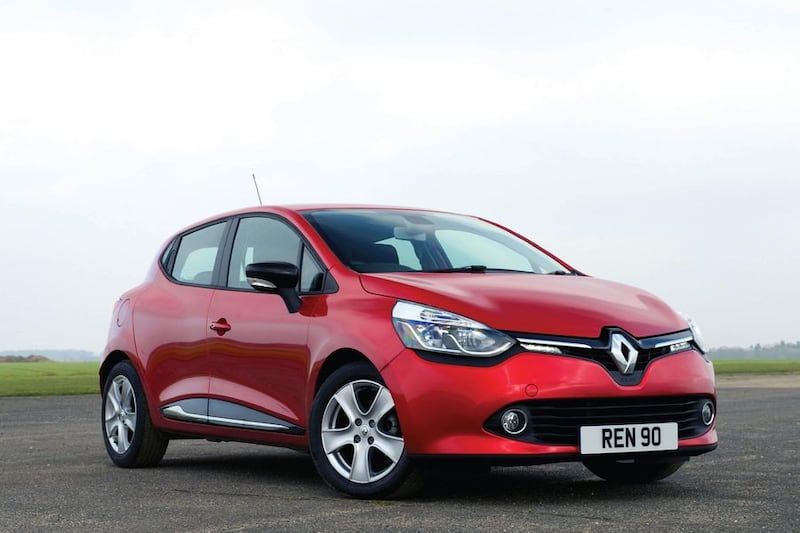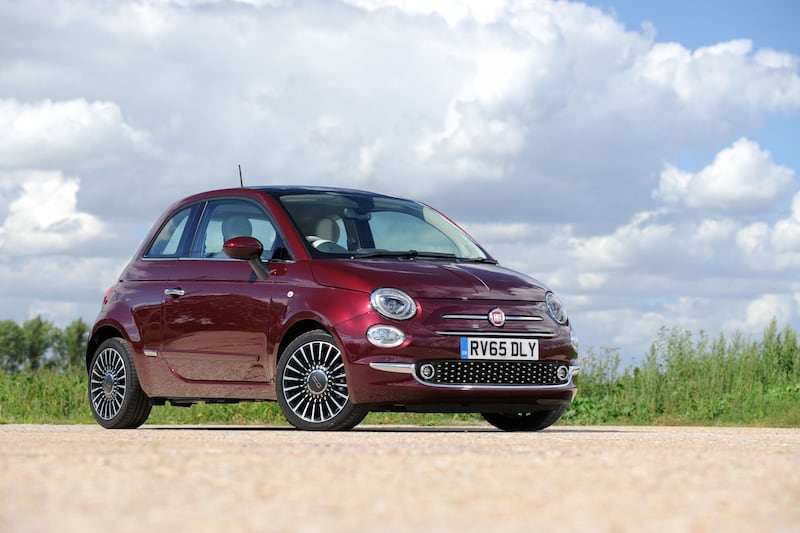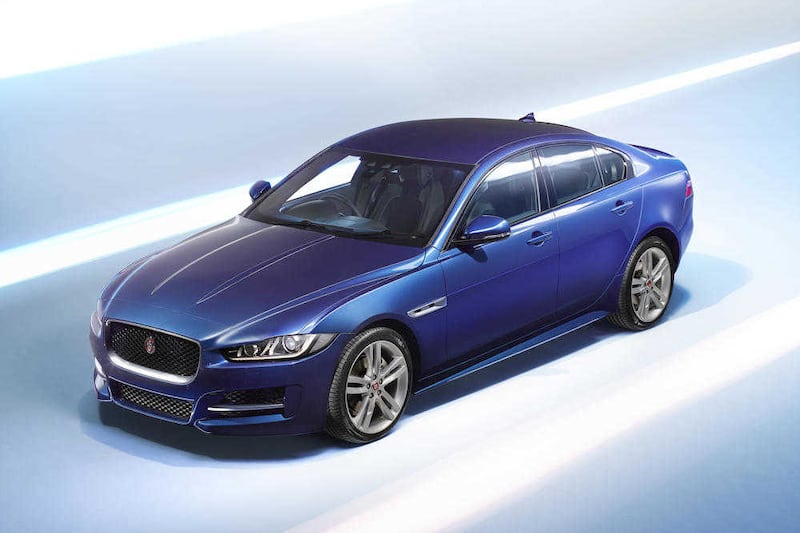THE brochure says one thing but the petrol pump and your wallet tell another story - the gap between ‘official’ and ‘real world’ fuel consumption figures is one of motoring’s great irritants. A new test should aid accuracy, though current MPG claims could be lowered by 20 per cent, writes William Scholes.
We have all heard of the United Nations but I bet few of us would claim to be familiar with the United Nations Economic Commission for Europe.
However, we could all soon have cause to thank this organisation thanks to how it is going to reform the way ‘official’ standardised fuel consumption figures are calculated.
The UNECE is, in case you didn’t know, one of the UN’s five regional commissions. Its 56 member nations include European states as well as, rather confusingly given its name, the United States and Canada.
Its aim is to “facilitate greater economic integration and cooperation among its member countries” and along the way it also develops “regulations and norms”.
This includes harmonising the way the way fuel economy and carbon dioxide output is calculated for new cars.
And at long last, it has signalled that from 2017 a new method of working out these vital pieces of information will be rolled out.
Clever engineers have worked out how to beat the test, with the perverse outcome that a car with a higher ‘official’ figure can be less economical in the real world than a rival which is less effective in the laboratory
With the catchy title of the Worldwide Harmonised Light-duty Test Procedures - we’ll call it WLTP - the UNECE promises that it will be a “much more accurate testing method”.
“WLTP better simulates real driving conditions, with more modern and realistic driving scenarios and considers other widely used factors such as air conditioning and seat heaters that drive fuel consumption upwards,” it said.
“It also closes many of the loopholes that existed in the current test method in order to create accurate, consistent and repeatable results on fuel consumption which are thus more difficult to manipulate.”
According to the UNECE, this could make fuel consumption figures 10 to 20 per cent higher than those recorded under the current test cycle.
That system, known as the New European Driving Cycle, has been with us since 1996. You can read the detail of how it works here.
The idea of a standardised test is a good one, because in theory it allows similar cars to be reliably compared.
However, suffice it to say that the clever engineers at the car companies have by now worked out lots of ways to essentially beat the test, with the perverse outcome that a car with a higher ‘official’ figure can be less economical in the real world than a rival which is less effective in laboratory conditions.
That’s not to say that a car bought today is somehow less efficient than the 1996 version of the same thing, because vast and deeply impressive strides have been made in improving economy and making engines less polluting.
Yet the gap between what a car scores in the lab and what it will achieve on the road can be large enough to, well, drive a soot black fume-belching bus through; it’s why I give a ‘real world’ fuel consumption figure in Irish News reviews to offer some sort of idea about what you might expect in a representative mix of driving on Northern Ireland roads.
Car tax and company car tax regimes that reward low CO2 have also played a large part in the quest to drive down engine emissions.
The net result of all this is that cars with excellent laboratory scores - generally cars with the new breed of small capacity petrol engines - fare markedly worse in the real world because they need to be driven harder.
For example, Fiat’s little 500, when fitted with the 0.9-litre two-cylinder TwinAir petrol engine, scored 37.2mpg outside the laboratory compared to an official figure of 68.9mpg. A Fiesta with Ford’s 1.0-litre three-cylinder EcoBoost petrol unit had similar performance (36.4mpg v 65.7mpg).
By way of contrast - and ignoring battery cars for now - 1.5- and 1.6-litre diesel engines are hard to beat in the real world, with the champs including the BMW 116d ED (‘real world’ 60.1mpg v EU combined 74.3mpg), Honda Civic 1.6 i-DTEC (61.7mpg v 78.5mpg), Renault Clio dCi (62.7mpg v 88.3mpg) and Renault Captur (58.7mpg v 76.4mpg).
With even the best of these, the BMW, achieving only 81 per cent of its laboratory test figure (the Fiat 500 hit just 54 per cent of its EU target), it gives some idea of the value in reforming the testing regime.
The WLTP test will last half an hour - 10 more than the current EU test - and include more vigorous acceleration and higher speeds, including a section in which the car travels at more than 70mph for two minutes.
As the UNECE says, it hopes the new system will help car-buyers “feel more secure that the fuel efficiency advertised by manufacturers will be more representative of real fuel consumption, and know that there will be no surprises at the service station”.








